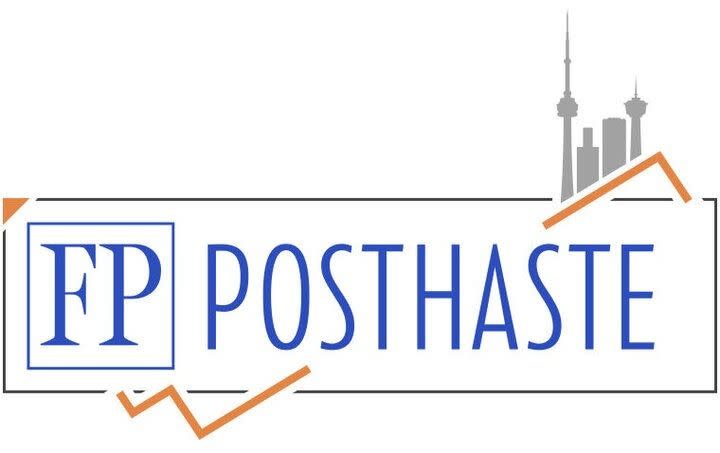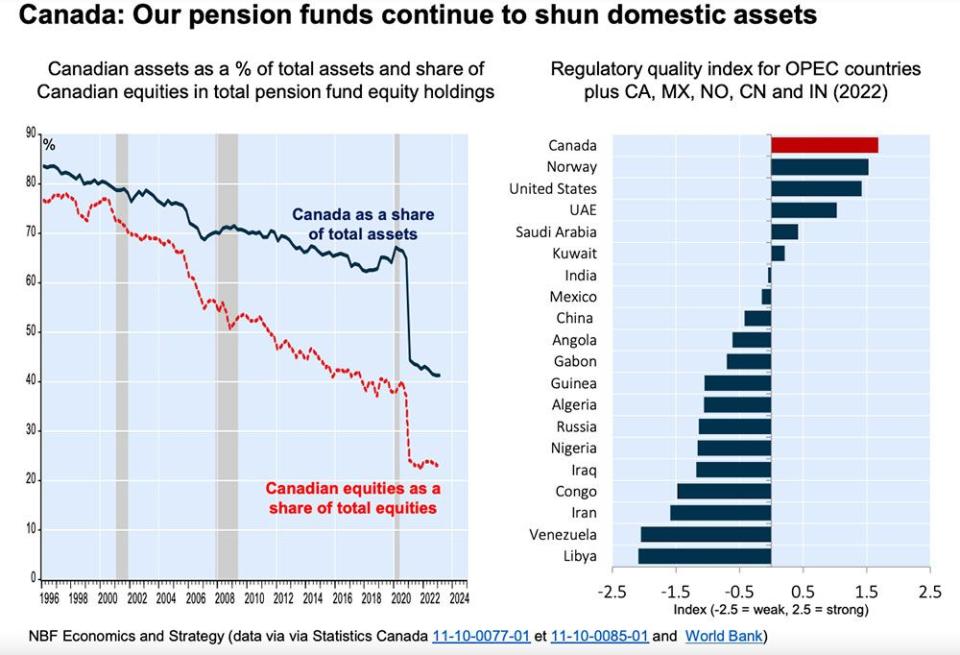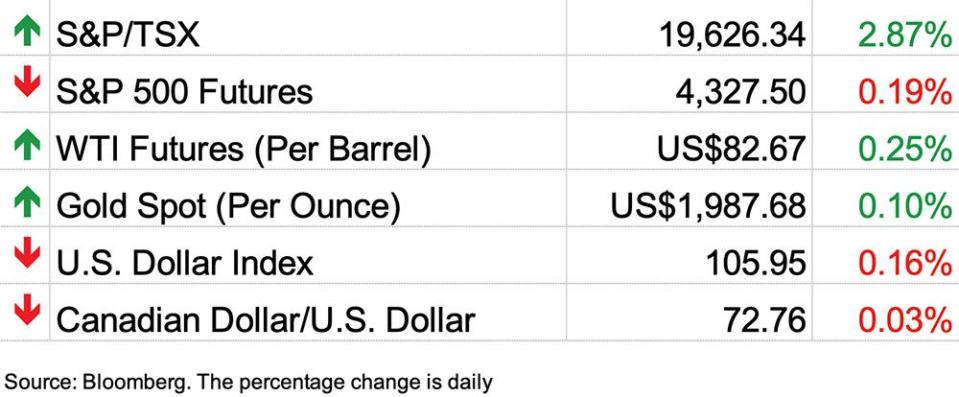Posthaste: Here's how much mortgage pain is coming down the pipe for Canadians


Bank of Canada governor Tiff Macklem told Senators this week that part of the reason the central bank held rates in October was because of the effect the coming wave of mortgage renewals is expected to have on the economy.
“One of the important reasons why we held our policy rate of five per cent is that we know that those renewals are coming. So we know that there’s more to come from what we’ve already done,” Macklem said. “That’s why we have a forecast for weaker growth.”
Over the past 19 months Canadians’ borrowing costs have risen as the Bank hiked its interest rate from 0.25 per cent to 5 per cent.
According to Oxford Economics, mortgage interest payments rose to 5.8 per cent of household disposable income in the second quarter of 2023. While this is lower than the high of 7.2 per cent in 1991, it is the highest since 1996, and well above the 3.8 per cent average from 2013 to 2019.
An estimated 3.4 million Canadians will renegotiate their mortgages over the next 18 months, says real estate brokerage Royal LePage — and almost all will end up paying a higher rate with higher monthly payments.
How much higher? To find out online realtor Zoocasa analyzed mortgage payments on homes bought in 2020 and 2018 to determine what their payments might be if they renew now.
Canadians who bought in 2020 will feel the most pain. One of the best mortgage rates available in September 2020 was 1.64 per cent, Zoocasa said. Renewing now would bump that rate up to 5.24 per cent.
How that translates into dollars depends on where you were buying. In Vancouver, Canada’s most expensive market, someone who bought a home at the average of $955,000 in September 2020 would have made monthly mortgage payments of $3,737 for the past three years. Renewing now would increase those payments to $4,946 a month, almost $1,200 more, the highest increase in the 20 cities Zoocasa studied.
Toronto is the only other city where 2020 homebuyers would see their monthly payments top $4,000. Here payments on the average home would increase to $4,499 a month, $1,101 more than their original payments.
In the most affordable markets, like Saint John, New Brunswick, the hit is much less. Home owners here who bought in 2020 would see monthly payments increase just $253, from $794 a month to $1,047.
If you bought in 2018 and your five-year fixed-rate mortgage is coming up from renewal your rate could increase from the average of 3.09 per cent then to 5.24 per cent.
In Vancouver, that would mean your monthly payment would rise $324 to $4,839. Toronto homeowners would see payments rise $257 to $3,773.
With the Bank of Canada, and other central banks, signalling that rates are likely to remain “higher for longer,” there is little relief on the horizon.
RBC Economics expects the Bank’s overnight rate to stay at 5 per cent into the second quarter of 2024, then fall to 4.5 per cent in the third quarter and 4 per cent in the fourth.
To soften the blow of higher payments and reduce the risk of delinquencies, Canada’s big banks have extended the length of amortizations. Oxford Economics says except for Scotiabank, the share of residential mortgages with more than 30 years’ amortization remaining has soared from 0.3 per cent at the start of 2022 to 24 to 30 per cent now.
“Extended mortgage amortizations have delayed the impact of higher interest rates on debt service costs, but the eventual hit is coming,” said Oxford.
_____________________________________________________________________
Was this newsletter forwarded to you? Sign up here to get it delivered to your inbox.
_____________________________________________________________________


Canadian content in the assets of the country’s trusteed pension funds has fallen to an all-time low of just over 41 per cent, half of what it was in the mid-1990s, says the National Bank of Canada. Exposure to Canadian equities has fallen even further, from 77 per cent to 22 per cent.
National Bank economist Stéfane Marion, who brings us today’s charts, says recent data from Statistics Canada showed total assets of the Canadian pension funds grew to $2.2 trillion in the first quarter of 2023, the equivalent of 80 per cent of GDP. Considering most of the growth was concentrated in foreign assets, that’s a lot of money flowing out of the country.
“While we understand the need for international diversification, a balance is needed at a time when the decline in Canada’s GDP per capita is being exacerbated by a decline in our capital stock due to surging FDI outflows from Canada,” wrote Marion.
The chart on the right shows how the World Bank ranked Canada as having one of the highest regulatory quality indexes in 2022.
“On the basis of governance alone, we believe there is a strong case for our pension funds to invest more domestically,” said the economist.
Today’s data: Canada’s employment report, U.S. employment report, ISM Services PMI
Earnings: Telus, Magna International, Enbridge, Restaurant Brands International, AltaGas
Get all today’s top breaking stories as they happen with the Financial Post’s live news blog, highlighting the business headlines you need to know at a glance.

_______________________________________________________
Plateauing Canada’s immigration levels ‘step in the right direction,’ say economists
RBC seeking settlement with OSC over disclosure on costs of software development
What’s the difference between a defined benefit and defined contribution pension plan?
Recession won’t stop people from travelling, says WestJet CEO
Most of us only think about our taxes come tax season, which is typically the two months leading up to the April 30 annual filing deadline, but it’s really the last two months of the calendar year when taxpayers should be paying attention. Tax expert Jamie Golombek outlines a few things you may want to consider implementing before year-end that are unique to 2023 tax planning. Find out more
____________________________________________________
Today’s Posthaste was written by Pamela Heaven, @pamheaven, with additional reporting from The Canadian Press, Thomson Reuters and Bloomberg.
Have a story idea, pitch, embargoed report, or a suggestion for this newsletter? Email us at posthaste@postmedia.com, or hit reply to send us a note.
Bookmark our website and support our journalism: Don’t miss the business news you need to know — add financialpost.com to your bookmarks and sign up for our newsletters here.

 Yahoo Finance
Yahoo Finance 



